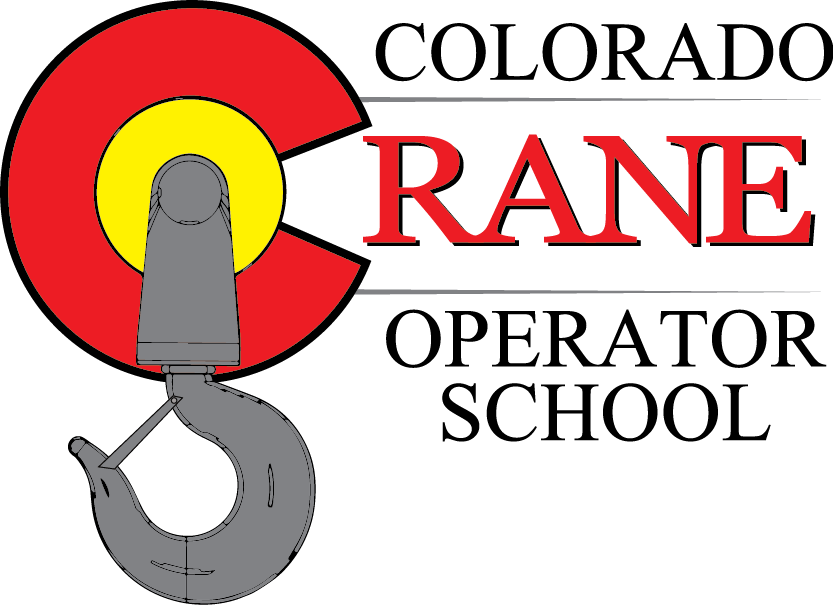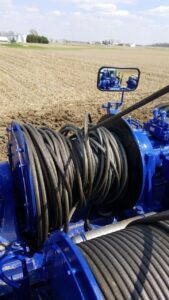If you owned a car that cost a half-million dollars, how often would you ensure proper maintenance is being performed and continue to evaluate the car’s performance? How about the multimillion-dollar property? Are you going to frequently maintain the property and continually inspect the buildings for excessive wear? Or are you going to give everything an occasional once ‘once over’ and continue your daily activities? I’m fairly confident in saying that you would pay special attention and follow up with all required inspections and maintenance on both of those items mentioned above. Unfortunately, proper maintenance and inspection procedures, often the most valuable piece of equipment on the job site are not always followed. What piece of equipment is that……The mobile crane!
When you look at it, mobile cranes are one of the most important pieces of machinery on the job site. The uses range from work with structural steel, material staging, concrete tilt-ups, and so much more. As mentioned before they are one of the most expensive on the job with the cost sometimes being several million dollars. Colorado Crane Operator School wants to protect your investment by delivering the most comprehensive crane inspection programs on your most expensive piece of equipment. This same piece of equipment that you want to keep busy every day because as we often said in the field..”If the crane ain’t swinging, it ain’t making money!”
To help you to keep your production levels from dropping, every mobile crane inspection we conduct is a detailed report of a snapshot in time of that particular crane. Our qualified inspectors perform the inspections to all the safety regulations and manufacturer specifications for each crane type. Every inspection report is detailed as we look over the crane components, crane configuration, crane history (previous monthly, annual, service, and repairs) and verify all proper documentation is in the crane for the operator to do their job properly (load charts, operator manual, etc). We then issue a detailed report making recommendations and listing any deficiencies we may come across. The goal is to be another set of eyes looking at the crane from a different perspective to help you keep your crane busy and not shut down for something that could have been managed if recognized sooner.
Above are a few highlights of how we continue to be Colorado’s number one crane inspection company. Contact us anytime to learn how we can keep you the most valuable piece of equipment generating revenue for your company. As a reminder, we have included a brief summary of the OSHA 1926 Subpart CC-Cranes and Derricks in Constructions crane inspection requirements (1926.1412)
Keep in mind that inspections need to be done by a ‘qualified’ person except for shift and monthly inspections (unless the crane has been idle for 3 months then a qualified person needs to perform the inspection). Also, records need to be maintained for your monthly (3 months) and annual (for one year).
Modified Equipment-(1926.1412(a))– Equipment that has had modifications or additions which affect the safe operation of the equipment (such as modifications or additions involving a safety device or operational aid, critical part of a control system, power plant, braking system, load-sustaining structural components, load hook, or in-use operating mechanism) or capacity must be inspected by a qualified person after such modifications/additions have been completed, prior to initial use.
Repaired/adjusted equipment (1926.1412(b)(1)) – Equipment that has had a repair or adjustment that relates to safe operation (such as: A repair or adjustment to a safety device or operator aid, or to a critical part of a control system, power plant, braking system, load-sustaining structural components, load hook, or in-use operating mechanism), must be inspected by a qualified person after such a repair or adjustment has been completed, prior to initial use
Post Assembly (1926.1412 (c)) – Upon completion of assembly, the equipment must be inspected by a qualified person to assure that it is configured in accordance with manufacturer equipment criteria.
Each Shift (1926.1412 (d)) – A competent person must begin a visual inspection prior to each shift the equipment will be used, which must be completed before or during that shift. The inspection must consist of observation for apparent deficiencies. Taking apart equipment components and booming down is not required as part of this inspection unless the results of the visual inspection or trial operation indicate that further investigation necessitating taking apart equipment components or booming down is needed. Determinations made in conducting the inspection must be reassessed in light of observations made during the operation.
Monthly (1926.1412 (d)(3)) – Each month the equipment is in service it must be inspected in accordance with paragraph (d) of this section (each shift).
Annual (1926.1412(f)) – At least every 12 months the equipment must be inspected by a qualified person in accordance with paragraph (d) of this section (each shift) except that the corrective action set forth





